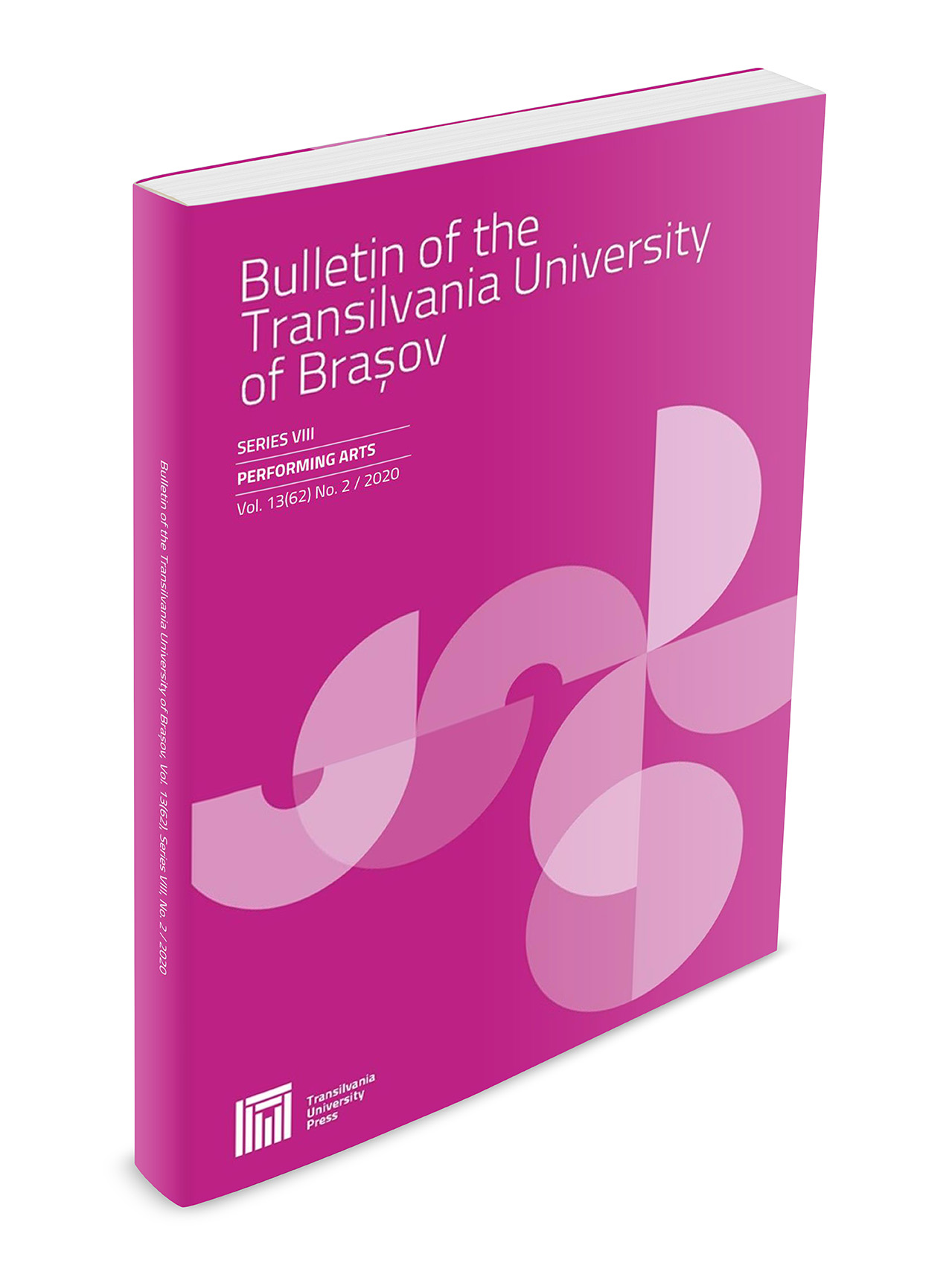The musical libretto and the “accompaniment” functions subsumed to it. The Hourglass opera „The last days, the last hours...” by Anatol Vieru
Keywords:
libretto, opera character, “accompaniment” functionsAbstract
Theoretical formulations about the development of the drama genre called libretto of an opera (operettas) were many and will still be as many, as psychological reactions to any form of theater have an intentional nature, they are phenomenological. These reactions are (maybe) initially blurred, but then they give rise to intellectual reflexes of analysis and synthesis that can no longer be curbed. And this happens because a libretto is a psychic experience means arising from our inner self. It is the first identity landmark in the long way of the emancipation of the opera starting with Orpheus (1609) by Claudio Monteverdi (considered by Theodor Adorno as the archetype of the genre), passing through Mozart’s Singspiel, then through the progressive trends of Verdi, Puccini and Wagner’s operas, to take only some of the last masterpieces of the twentieth century: Schönberg and Berg's operas, Bernd Alois Zimmermann's collage opera Die Soldaten, (1960) or clepsydra opera- The last days, the last hours... by Anatol Vieru (1997). The dramaturgical accents of a libretto are further transferred to a syncretic projection area getting direct contact with the composer's music, the stage movement, with the live dramaturgy of the characters (drawn from their book-type capsule), with all the arsenal of opera genre objectification. I'll expose here some of the functions that a libretto acquires until it is staged (its final metamorphosis) guiding analytical reality toward Vieru’s above-mentioned opera.Downloads
Published
Issue
Section
License
Copyright (c) 2015 Bulletin of the Transilvania University of Braşov. Series VIII: Performing Arts

This work is licensed under a Creative Commons Attribution 4.0 International License.




